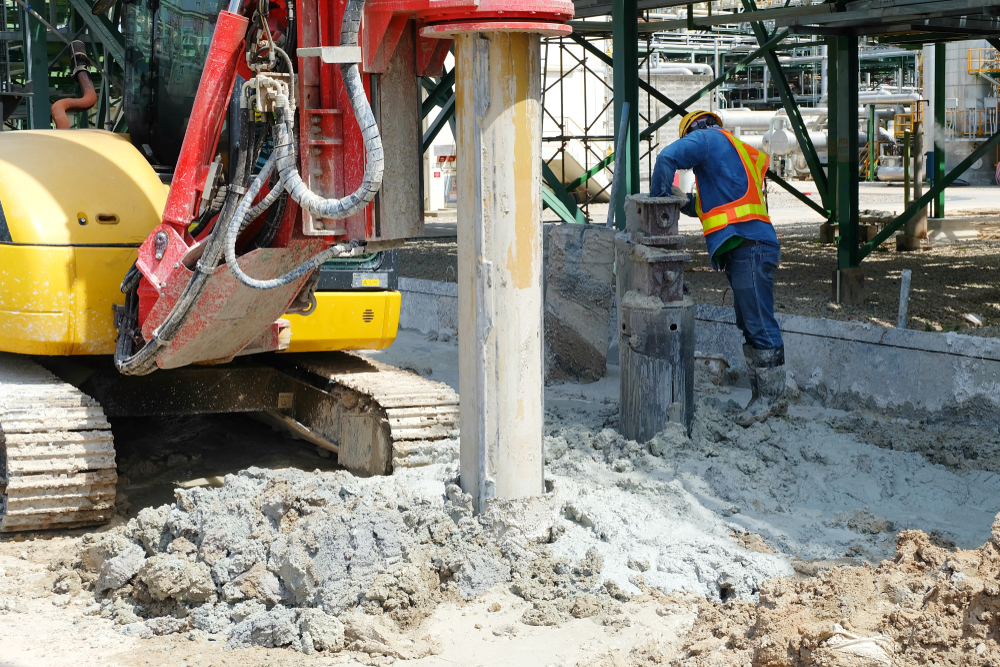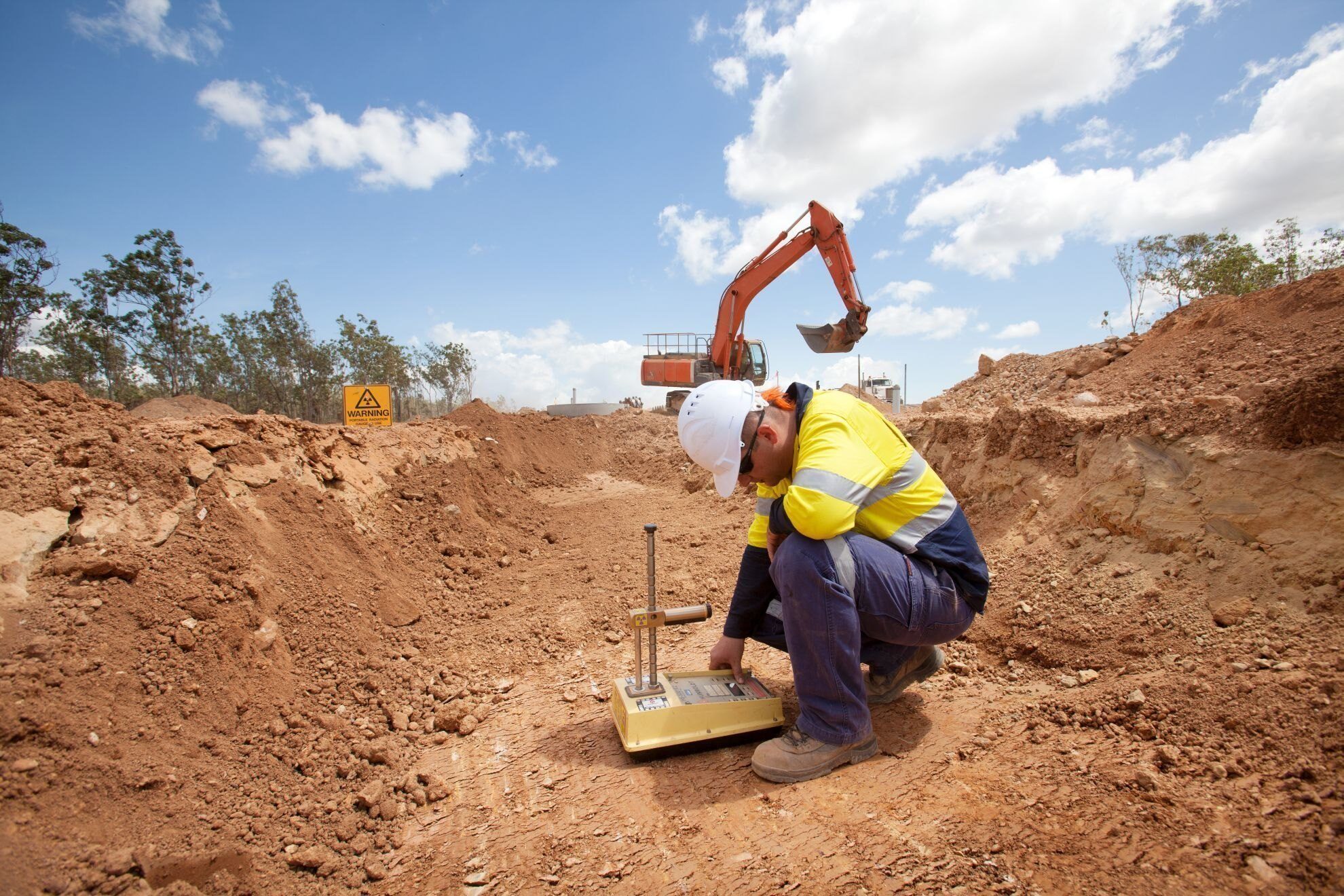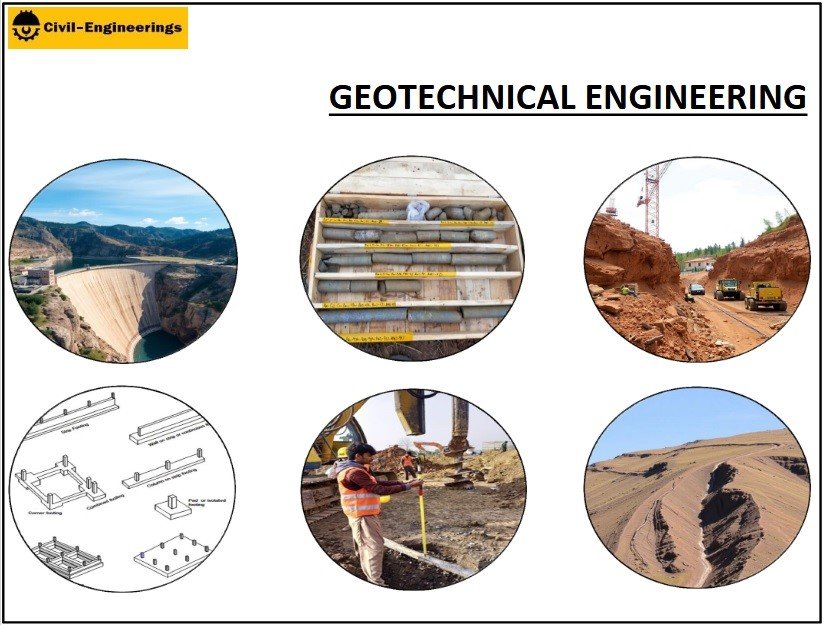The Definitive Guide for Geotechnical Engineering For Construction Projects
The Definitive Guide for Geotechnical Engineering For Construction Projects
Blog Article
An Unbiased View of Geotechnical Engineering For Construction Projects
Table of ContentsGeotechnical Engineering For Construction Projects for BeginnersThe Geotechnical Engineering For Construction Projects DiariesWhat Does Geotechnical Engineering For Construction Projects Mean?Some Known Incorrect Statements About Geotechnical Engineering For Construction Projects About Geotechnical Engineering For Construction Projects
Therefore, during the examination, it is essential to drill at the required deepness and the required number of openings based on the recommendation of the Canadian Foundation Layout standard. In some cases, the owner could conserve some Geotechnical Examination expense yet wind up spending even more than the anticipated during the construction cost.The responsibilities of the geotechnical expert include giving product screening for building and construction support. Geotechnical Engineering for Construction Projects. Geotechnical designers evaluate all the field test records to make certain that building is going on according to the task spec. During building, a confirmatory test for soil compaction is done on-site to make sure that no future settlement takes place
After the concrete is put -7 days and 28 days- tests are conducted on concrete samples collected from the site to guarantee that the concrete put fulfills the layout criterion. Asphalt core is taken after the Asphalt is laid and compacted to validate that it meets the style criterion. All laboratory test reports are evaluated by the Geotechnical Designer to guarantee that it fulfills the task specification.
A Biased View of Geotechnical Engineering For Construction Projects

Geotechnical engineering plays an essential function in making certain the security of building jobs. Geotechnical engineering is a crucial branch of civil engineering that focuses on understanding the practices of planet materials, such as dirt and rock.

For a trusted foundation and a smooth building and construction procedure, depend give the know-how you need. Get in touch with to get expert suggestions and geotechnical solutions tailored to your next task.
Geotechnical Engineering For Construction Projects - Questions
When embarking on a land growth task, recognizing the ground underneath your feet is as critical as the frameworks you plan to develop above it. Our Geotechnical Engineering group evaluate the ground, ensuring it appropriates for the recommended growth while providing you with the details needed to meet your job objectives.
Geotechnical Design looks at the formation of the ground, as it is the foundation for all projects. Where frameworks require to be developed with regard to the ground problems; ground conditions (e.g., soft ground) might call for enhancing depending on the size of the desired framework. Before building, you need to know about the groundwater, dirt framework, and liquefaction chance of your land.
For sites that are not connected on the regional authority infrastructure added website investigations would be required to give technical inputs for on-site stormwater and wastewater. We have experienced Geotechnical Designers based in each workplace, supporting your geotechnical needs across the country. Get to out to us to go over how we can sustain your following job.
These reports are tailored to meet the specific requirements of a task and include design specifications and guidance for the construction of a variety of synthetic frameworks. In addition to providing working as a consultant services covering areas such as check my blog incline stability Learn More Here and load-bearing capabilities for various materials, these designers carry out r & d activities to boost approaches, devices, materials expertise and analysis covering entire lifecycles.
Top Guidelines Of Geotechnical Engineering For Construction Projects

Nonetheless, prices of pay normally raise as your understanding and skills expand, with guidelines indicating a graduate beginning wage of in between 18,000 and 28,000 per year in the UK. This rises to 26,000 to 36,000 with a couple of years of experience and afterwards reaching 40,000 to 60,000+ for senior, legal or master engineers.
Nevertheless, with the right application it is feasible to master the profession and gain entrance to a challenging yet rewarding and vital occupation. A rock hound would certainly need to retrain to become a geotechnical designer, although there is a lot of cross-over in between both careers, which might make this simpler - Geotechnical Engineering for Construction Projects. Rock hounds need to have an understanding of dirts, rocks and other products from a clinical viewpoint, while geotechnical designers tale their understanding of issues such as soil and rock technician, geophysics and hydrology and use them to design and ecological tasks
When starting, these engineers will certainly tend to function on much less complex jobs, accumulating expertise and experience prepared for even more difficult work later. Geotechnical designers tend to specialise in specific locations as they grow in experience, concentrating on specific facilities such as trains, roadways or water. more tips here These engineers likewise work with renewable resource, offshore and onshore oil and gas, nuclear power, and more.
Geotechnical Engineering For Construction Projects - Truths
The time taken to become a geotechnical engineer depends on where you are based, where you study and what degree of education you desire to obtain before getting in the workplace. Generally-speaking it takes 3-4 years to get to the basic needs to begin a job as a geotechnical engineer.
These operations allow experts to analyze a host of dirt technicians including weight, porosity, void-to-solid fragment proportion, permeability, compressibility, maximum shear stamina, birthing capacity and contortions. If the structure requires a deep structure, engineers will certainly use a cone infiltration examination to estimate the amount of skin and end bearing resistance in the subsurface.
When assessing an incline's equilibrium of shear tension and shear toughness, or its ability to stand up to and undertake motion, rotational slides and translational slides are frequently considered. Rotational slides fail along a rounded surface area, with translational slides occurring on a planar surface. A professional's goal is to figure out the conditions at which an incline failure can occur.
Commonly, searchings for suggest that a website's dirt should be dealt with to enhance its shear toughness, rigidity and leaks in the structure prior to layout and building. When it comes time to lay out structure plans, specialists are progressively concentrated on sustainability, even more especially just how to lower a structure's carbon footprint. One tactic has actually been to change 20 percent of a foundation's cement with fly ash, a waste item from coal fire nuclear power plant.
Report this page